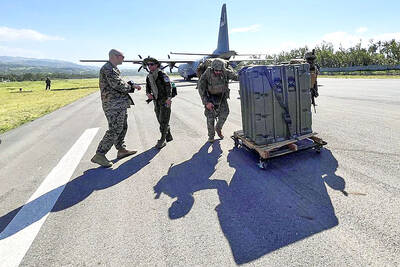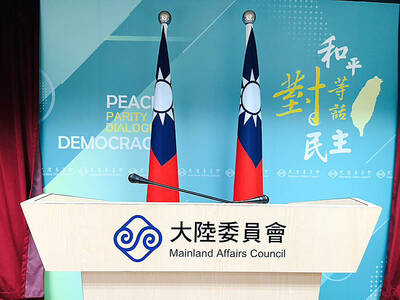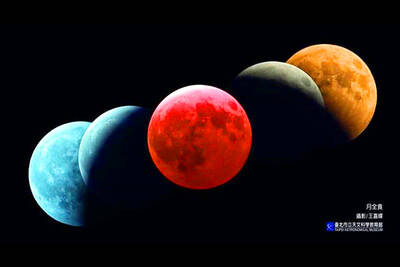Taiwan’s healthcare system has been ranked the best out of 89 countries surveyed, according to the Health Care Index compiled by CEOWORLD Magazine, an online business magazine and news site.
The index measures the overall quality of healthcare systems, including healthcare infrastructure, competencies of healthcare professionals, cost and availability of quality medicine, the magazine said.
It also takes into consideration other factors, including environmental factors, access to clean water, sanitation, government willingness to impose penalties on risks such as tobacco use and obesity, it said.
Of the 89 countries surveyed, Taiwan’s healthcare system scored 78.72 out of 100, the index shows.
However, the index provided no information on how each category was weighted.
Three other Asian nations, South Korea (second), Japan (third) and Thailand (sixth) were also in the top 10.
National Health Insurance Administration Director-General Lee Po-chang (李伯璋) on Thursday said that Taiwan outranked South Korea because only 50 percent of South Korean doctors are part of its healthcare system, while 93 percent of doctors in Taiwan have joined, providing high-quality medical services.
The relationship between the authorities and doctors in South Korea is strained, Lee said, adding that medical practitioners in the country often go on strike.
Lee made the remark in Taipei on the sidelines of the APEC Conference on Medical Information Sharing for Enhancing Medical and Disease Management.
The two-day conference, which ended yesterday, was attended by 40 representatives from 13 countries.

Three batches of banana sauce imported from the Philippines were intercepted at the border after they were found to contain the banned industrial dye Orange G, the Food and Drug Administration (FDA) said yesterday. From today through Sept. 2 next year, all seasoning sauces from the Philippines are to be subject to the FDA’s strictest border inspection, meaning 100 percent testing for illegal dyes before entry is allowed, it said in a statement. Orange G is an industrial coloring agent that is not permitted for food use in Taiwan or internationally, said Cheng Wei-chih (鄭維智), head of the FDA’s Northern Center for

LOOKING NORTH: The base would enhance the military’s awareness of activities in the Bashi Channel, which China Coast Guard ships have been frequenting, an expert said The Philippine Navy on Thursday last week inaugurated a forward operating base in the country’s northern most province of Batanes, which at 185km from Taiwan would be strategically important in a military conflict in the Taiwan Strait. The Philippine Daily Inquirer quoted Northern Luzon Command Commander Lieutenant General Fernyl Buca as saying that the base in Mahatao would bolster the country’s northern defenses and response capabilities. The base is also a response to the “irregular presence this month of armed” of China Coast Guard vessels frequenting the Bashi Channel in the Luzon Strait just south of Taiwan, the paper reported, citing a

UNDER PRESSURE: The report cited numerous events that have happened this year to show increased coercion from China, such as military drills and legal threats The Chinese Communist Party (CCP) aims to reinforce its “one China” principle and the idea that Taiwan belongs to the People’s Republic of China by hosting celebratory events this year for the 80th anniversary of the end of World War II, the “retrocession” of Taiwan and the establishment of the UN, the Mainland Affairs Council (MAC) said in its latest report to the Legislative Yuan. Taking advantage of the significant anniversaries, Chinese officials are attempting to assert China’s sovereignty over Taiwan through interviews with international news media and cross-strait exchange events, the report said. Beijing intends to reinforce its “one China” principle

A total lunar eclipse, an astronomical event often referred to as a “blood moon,” would be visible to sky watchers in Taiwan starting just before midnight on Sunday night, the Taipei Astronomical Museum said. The phenomenon is also called “blood moon” due to the reddish-orange hue it takes on as the Earth passes directly between the sun and the moon, completely blocking direct sunlight from reaching the lunar surface. The only light is refracted by the Earth’s atmosphere, and its red wavelengths are bent toward the moon, illuminating it in a dramatic crimson light. Describing the event as the most important astronomical phenomenon